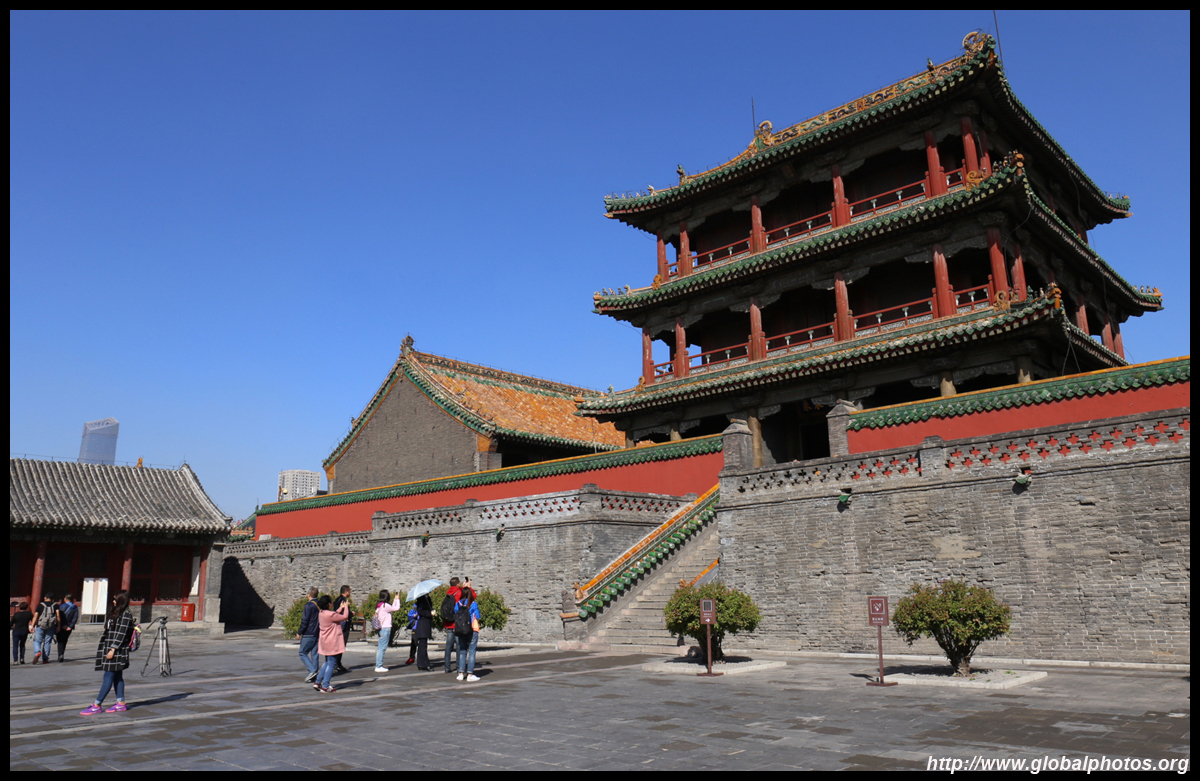Welcome to Shenyang!
Shenyang was an important part of the Manchu people, becoming their capital in 1625. The Manchus took advantage of instability in imperial China and eventually conquered the Han majority, after which the capital was moved to Beijing. Today, the old "Forbidden City" is open to tourists, although you should expect a far smaller version of the Beijing palace.
Some of the interior decorations are just as extravagant.
However, the courtyards are much smaller and you won't get that sense of grandeur.
The Manchus had their own language but had to adopt Chinese after their conquest of the Ming Dynasty. Some signage at the Beijing palace are still bilingual.
Beyond the key focus buildings, the decor becomes much simpler.
I was more impressed with some of the outdoor carvings along the staircases.
Women from the Qing Dynasty's upper classes bounded their feet. Small feet were a sign of beauty.
Your servants would fan you on a hot day. Shenyang is located in China's northeast, so people are more wary of the bitter winter than a hot summer day.
I couldn't tell the difference of these pieces from those I have seen in the rest of China.
The imperial garden is a thin stretch of little greenery and rock formations at the back of the palace.
A royal procession and dance took place in the eastern part of the palace, where there is a large open space for performances.
Dazheng Hall has an entrance guarded by dragons. The first Manchu emperor was crowned here, who subsequently conquered imperial China.
Winters are harsh in this part of China, made worse by burning coal for heating. Luckily, it was beautifully sunny today with great visibility.
Shenyang also has many new buildings and luxury hotels.
The streets were a bit quiet in the early morning. This bus stop encourages orderly queueing.
|

















































